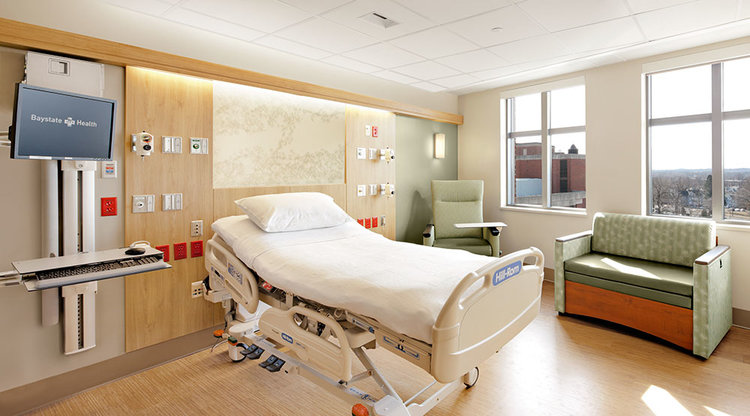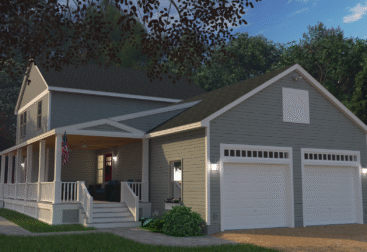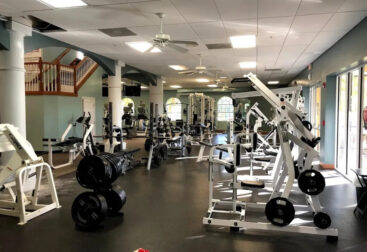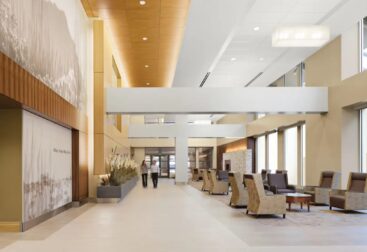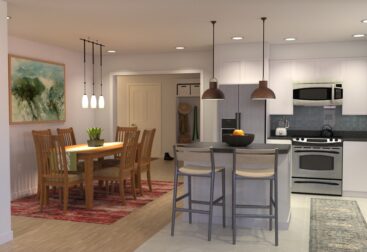Healthcare spaces have to walk a fine line. Patients need dignity, discretion, and comfort, but staff need clear sightlines, quick access, and oversight across multiple rooms. Lean too far toward privacy and staff efficiency suffers; lean too far toward visibility and patients feel exposed. Architecture’s role is to balance the two in a way that supports both safe care delivery and a positive experience.
Why Privacy Matters
For patients, privacy is more than a preference—it is a foundation of trust. HIPAA compliance is one piece, but the experience goes further. No one wants to discuss personal details in earshot of strangers or feel visible while receiving treatment. Acoustics, layout, and visual barriers all influence whether patients feel protected. Architecture shapes these impressions, from the way reception desks are configured to how exam room doors align with corridors. Design decisions that safeguard dignity improve satisfaction and strengthen the bond between patient and provider.
Why Visibility Matters
On the other side of the equation, healthcare is a team activity. Nurses and physicians need to see patients quickly, track activity, and respond to issues as they arise. This is particularly true in high-acuity settings like emergency departments, behavioral health units, or long-term care, where safety depends on monitoring without constant intrusion. Clear sightlines reduce staff fatigue and response time, while poor visibility forces constant walking and checking, draining energy and efficiency.
Finding the Balance
The challenge is not choosing one over the other but weaving them together. Glass partitions with switchable opacity, half-height walls, and decentralized nursing stations allow staff to maintain oversight without making patients feel watched. Acoustical planning ensures conversations remain private even in open or semi-open areas. Exam and patient rooms can be standardized for staff familiarity while still shielding patients from direct view of busy corridors. In behavioral health, anti-ligature design and visibility are critical, but comfort and normalcy must be maintained to reduce stress. Each design move is part of a larger choreography of sight, sound, and movement.
The Business Case for Getting It Right
When privacy and visibility are well-balanced, facilities run more smoothly. Patients feel respected, which translates into higher satisfaction scores and stronger loyalty. Staff are more efficient, less fatigued, and able to focus on care instead of constant monitoring. Administrators benefit from fewer compliance risks, better staff retention, and environments that can adapt to evolving models of care. In short, the design investment pays dividends on both the human and operational sides.
Final Thoughts
Privacy and visibility may seem like opposing forces, but in healthcare design they are interdependent. The right balance creates spaces where patients feel secure and staff feel empowered to deliver the best care. Architecture’s job is to manage that balance so the building itself reinforces the values of compassion, safety, and efficiency.
If your organization is planning a new facility or rethinking existing space, I’d be glad to help. Please click the link to contact me—we can explore how design can strike the right balance for your patients and your care teams.

